Why speeding up the pace of change is better, and how to make that happen
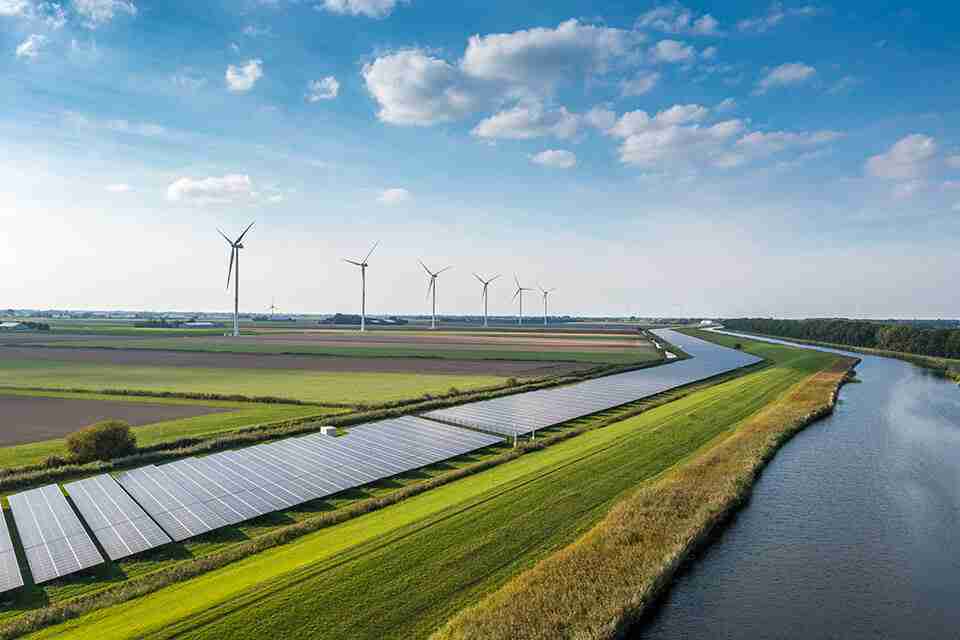
Change is tough. Humans are creatures of habit. We like what we like. We like what we know. The bigger the change, the harder it can be to embrace. But change is also inevitable, and many times the cost of staying the same is much higher than the cost of change. In the case of the clean energy transition, the scale of change is monumental. It affects everyone in myriad ways. In that regard, it’s no surprise that there’s some resistance to changing at all, and that others push for a gradual change. We’d be better off, though, fast-tracking the energy transition.
Nature-Positive

We’ve already seen lots of ill effects of climate change, from wildfires to intense hurricanes to floods to crop failures. Even as we act to reduce carbon emissions, we can’t undo the damage that is already done. With lagging indicators, we could see bad results from climate change for years and decades after achieving net zero. So, decarbonizing as fast as possible is paramount.
When it comes to the impact of fast-tracking the energy transition, a study by Boston Consulting Group and the World Wildlife Fund found that a rapid transition would yield better outcomes for nature and the climate than a business-as-usual continuation of current energy policies in 27 of 30 metrics. The three metrics that showed worse results under a rapid transition were land use, water use, and free-flowing rivers. In the case of land use, the extra land taken up for renewable energy infrastructure would pale in comparison to the amount of land lost or degraded by climate change in the business-as-usual scenario.
Acknowledging that fast-tracking the energy transition would lead to increased mining of critical metals and potential job losses in the traditional energy sector, they concluded that “an energy system powered by renewables would perform from two to 16 times better for nature and people across a range of metrics than would a BAU, conventional energy system — although the transformation would indeed place demands on certain natural resources and local communities.”
The key is how well a rapid transition is implemented.
Cost-Effective
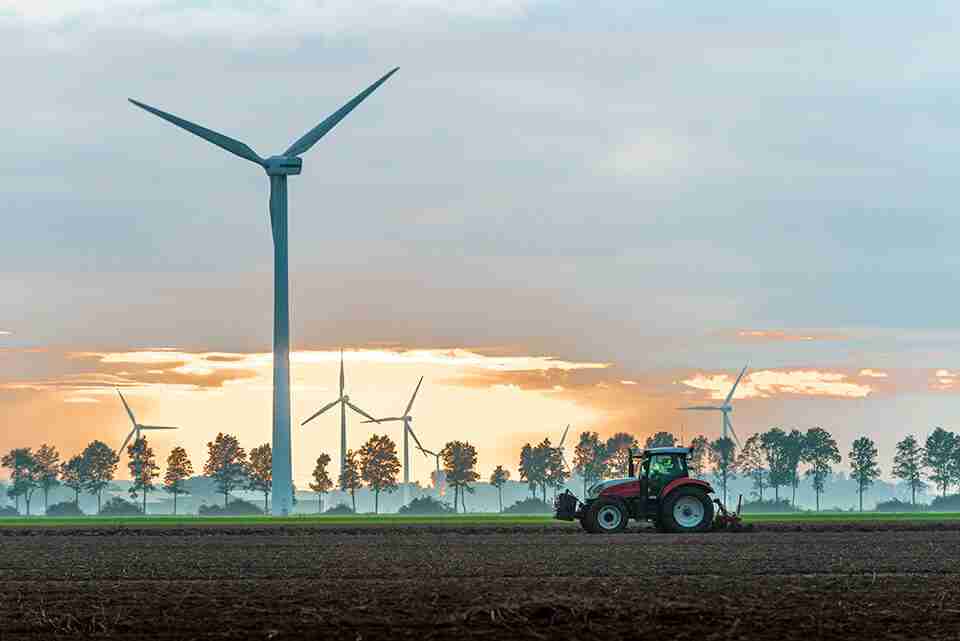
Fast-tracking the energy transition would also be cheaper than slow-playing it. The European Central Bank performed a climate stress test that shows a rapid transition would result in fewer loan defaults for individuals and businesses. Immediate investment, the report determined, would lead banks to lose €13 billion ($13.9 billion) in 2026, then only €6.6 billion ($7 billion) by 2030. Delaying investment until 2026 would result in annual losses increasing annually, hitting €21 billion ($22.5 billion) by 2029.
“Acting immediately and decisively … would provide significant benefits for firms, households, and the financial system, not only by maintaining the economy on the optimal net-zero emissions path (and therefore limiting the impact of climate change), but also by rapidly reducing their energy expenses and lessening the financial risk,” the report concludes.
A study published by researchers at the University of Oxford’s Institute for New Economic Thinking and at the Smith School of Enterprise and the Environment found that a rapid transition would likely save the global energy system trillions of dollars through 2070, with mostly renewable grid savings around $500 billion worldwide annually compared to one heavily reliant on fossil fuels.
“These clean energy techs are falling rapidly in cost, and fossil fuels are not. Currently, they’re just going up,” co-author Rupert Way told Emerging Tech Brew.
The study didn’t account for the potential cost of climate change-related disasters between now and 2070.
“If you were to do that, then you’d find that it’s probably hundreds of trillions of dollars cheaper to do a fast transition,” Way said.
Getting Faster

The good news is, the pace is already picking up. As Way noted, renewable energy has gotten much cheaper over the last 10-15 years and it will continue to do so. The cost of solar energy is down 90% since 2009. Renewables already provide more energy to the U.S. grid than coal does, and they’re expected to overtake coal globally in 2025. The International Energy Agency found that $1.7 trillion was being invested in 2023 in clean energy compared to $1 trillion in fossil fuels.
“About 15 years ago, solar and wind were about 1% of the U.S. electricity mix, and hardly anyone had an electric car. Today, wind and solar are about 16%, about one-sixth of all electricity,” New York Times climate reporter Brad Plumer told NPR.
Countries with advanced economies, such as the U.S. and European Union members, are setting 2050 as a milestone to be net zero. Developing countries are a decade or two behind in their goals, but they are still setting them. Twenty of the world’s largest oil and gas companies (including Chevron, Shell, BP, Aramco, and Exxon Mobil) have made net zero by 2050 pledges.
“As an industry vendor, we see partners and clients increasing their focus and capital expenditure on energy management solutions to serve a dual purpose – reducing operating expenditure and meeting emissions targets. We’re talking everything from LNG Terminals to refineries and much else in between when it comes to energy management,” Brandon Spencer, president of energy industries at ABB, told Forbes.
Work To Do
It’s not just the clean energy technologies themselves that are important for fast-tracking the energy transition, it’s other tech advances like data analytics and the incorporation of AI that help companies track and thus devise how to reduce emissions.
“Advanced data analytics for value chain assessment and optimization is either already the norm or is fast becoming the norm. Anything that follows from AI to the Industrial Internet of Things (IIoT) is predicated on the input of, and learnings from, data. Simply put, data is the new oil, and its value cannot be understated,” Saravan Penubarthi, CTO of AiQ, told Forbes.
It’s going to take a lot more investment, from governments and the private sector, to make fast-tracking the energy transition possible. Renewables like solar power were able to scale and decrease dramatically in cost thanks to upfront investment that is paying off. The clean energy tax breaks in the Inflation Reduction Act look like they’re headed toward a nice payoff as well.
“When the bill was passed, economists did their best to try to estimate the cost, and they figured it would be around $400 billion. Now some experts think it could be upward of a trillion or more, depending on how many projects get built in the U.S.,” Plumer told NPR.
For the U.S. to reach net zero by 2050, he said, we might need to double or even triple the size of the energy grid. Fast-tracking the energy transition requires focus, determination, and an immense amount of hard work. But we’ll all be better off for the change.
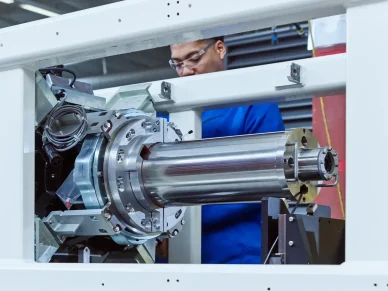

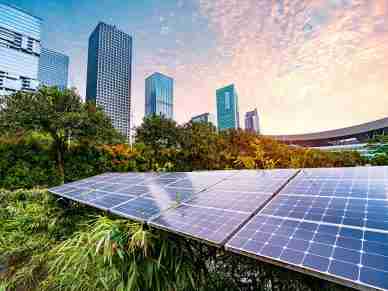



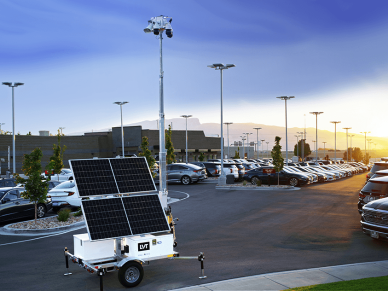


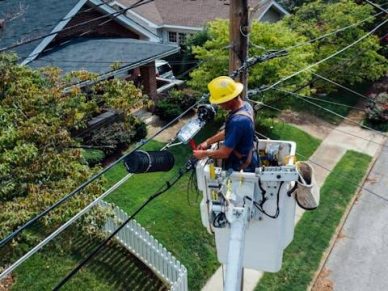






Leave a Reply